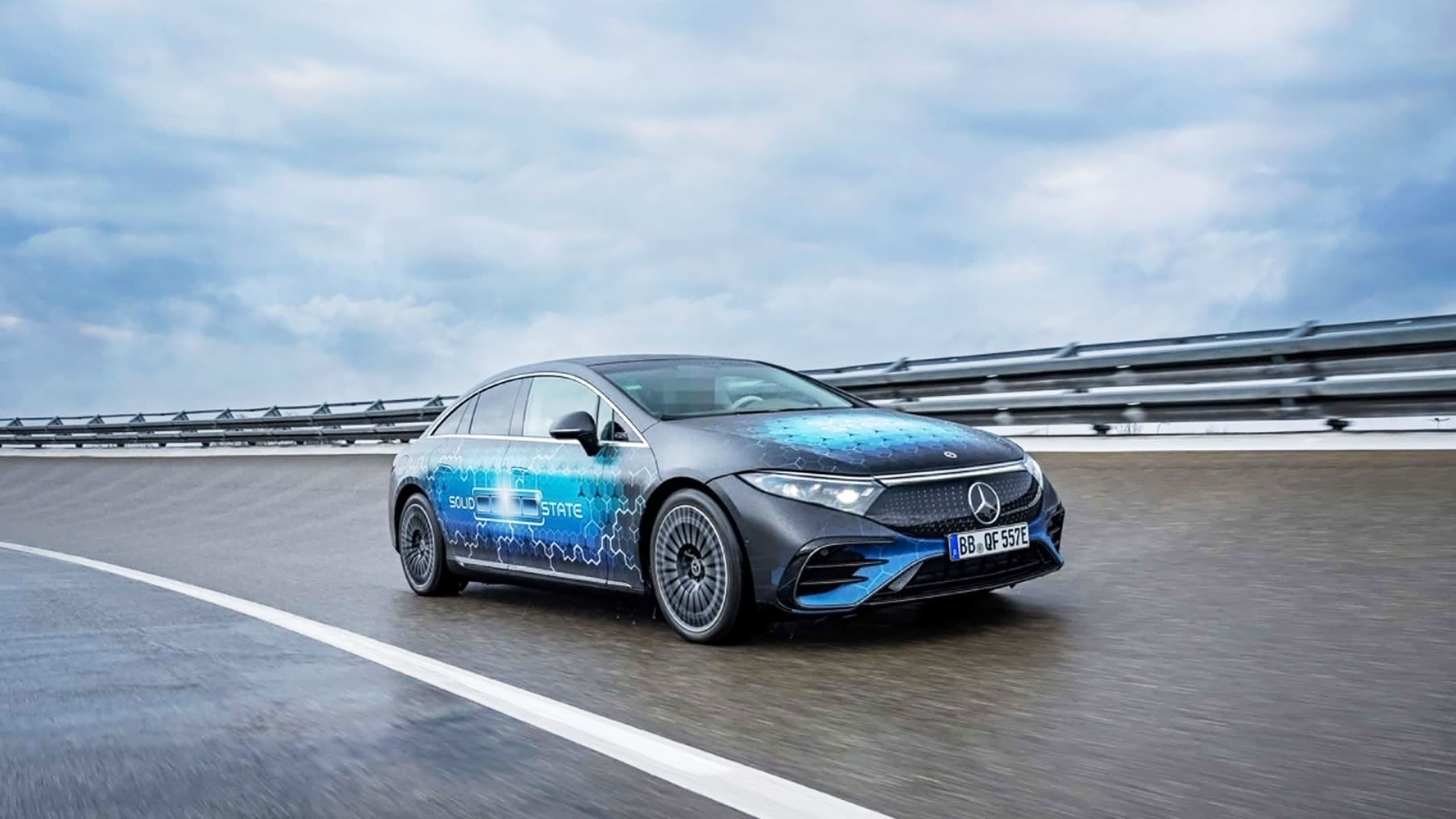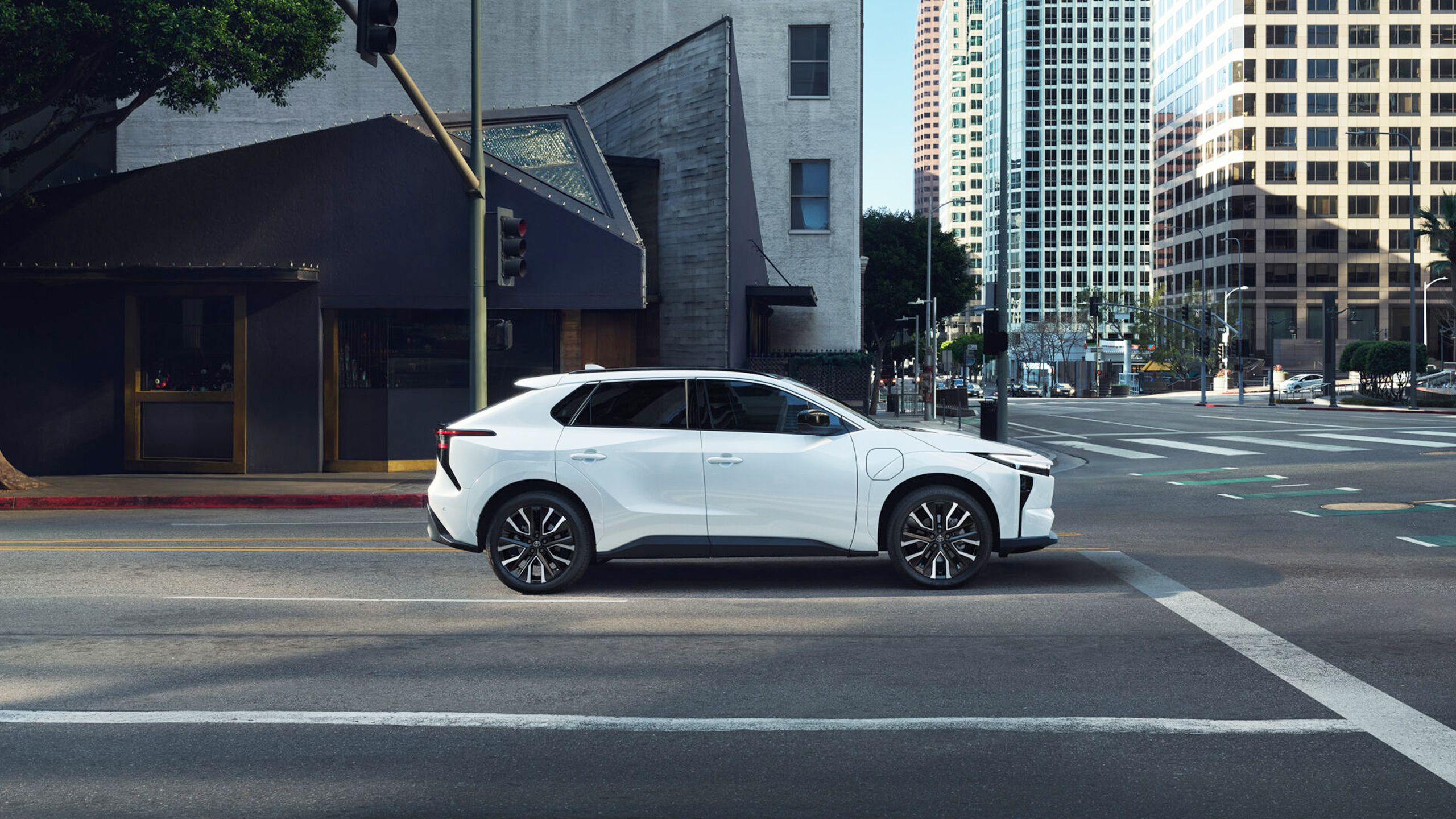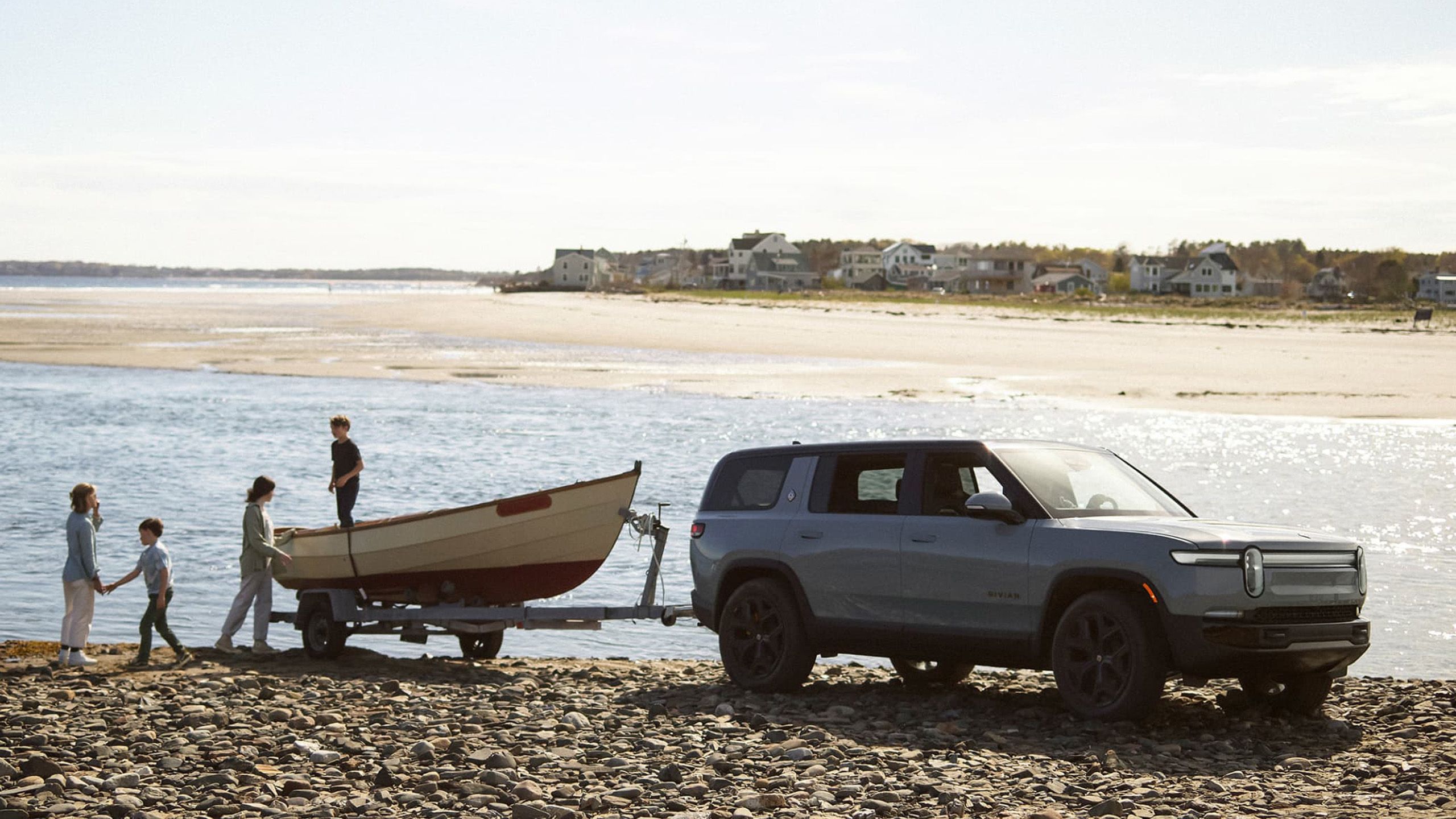Summary
- Automakers are eyeing a 600-mile EV range milestone, but that’s going to depend on the progress of solid-state batteries (SSBs).
- The first SSB cars could reach consumers as soon as 2027 or 2028. That projection may be overly optimistic, though, in which case you’ll have to wait until the 2030s.
- 600-mile ranges will eliminate any excuses to avoid EVs apart from their upfront cost.
I hadn’t contemplated this much until now, but the progress of the electric car industry really has been defined by range milestones. Breaking the 100-mile barrier meant having something practical for city driving, and 200 miles is the minimum acceptable range for a modern EV, enough for some intercity roadtrips. 300 miles is the current gold standard — but if you’re rolling in cash, you can already buy 400-mile models like the Lucid Air or Chevy Silverado EV.
Automakers may leapfrog to 600 miles for the next milestone. That’s nearly 1,000 kilometers, and more than what many gas vehicles are capable of. For a frame of reference, you could drive from Austin to New Orleans on a single charge, and still have some power left for sightseeing.
Don’t count on 600-mile commuter vehicles hitting showrooms anytime soon, however. That’s going to depend on scaling up a key technology from the test arena to mass manufacturing.

Related
Everything you need to know about PEVs, or personal electric vehicles
You can use PEVs like e-bikes and scooters to explore, run errands, or speed up your commute.
An introduction to solid-state batteries
The industry’s golden child
Mercedes-Benz
All batteries require an electrolyte, i.e. a material that shuffles ions back and forth during charge and discharge cycles. Alkaline batteries use materials like potassium hydroxide as electrolytes. The lithium-ion batteries in electric cars typically depend on lithium hexafluorophosphate salt, dissolved by a carbonate solvent. It’s in liquid form, in other words. And as you might imagine, that’s not the most efficient way of transferring energy.
Enter the solid-state battery (SSB), which uses fully solid electrolytic materials like oxides, sulfides, or polymers. Technically, there are also “semi-solid” batteries that use gel electrolytes, but those are really just stepping stones on the way to a true SSB.
SSBs can provide a major boost to energy density. In recent testing, one experimental sulfide electrolyte enabled density up to 450 watt-hours per kilogram, utterly decimating the sub-300 figures for most EVs. Raising density means being able to extend range without increasing battery size — or, alternately, provide the same amount of range in a smaller and cheaper battery.
Toyota claims that with its technology, even a vehicle with 620 miles (998 kilometers) of range could charge from 10 to 80% in less than 10 minutes.
SSBs also charge faster. Toyota claims that with its technology, even a vehicle with 620 miles (998 kilometers) of range could charge from 10 to 80% in less than 10 minutes. Forget about eating a sit-down dinner while you charge. With an SSB, you might be ready to go before you can finish a YouTube video.
The potential of solid-state technology has been known for a long time. Firms like Factorial, Solid Power, and QuantumSpace have been collaborating with various automakers, among them BMW, Hyundai, Stellantis, Mercedes-Benz, and Volkswagen. In a few instances, automakers have dedicated internal development teams to the idea, the most prominent ones being Honda, Nissan, and (as mentioned) Toyota. Internal work is an expensive proposition, but the benefit is complete control over the final result, rather than having to pay outside companies for licensing, design, or manufacturing.
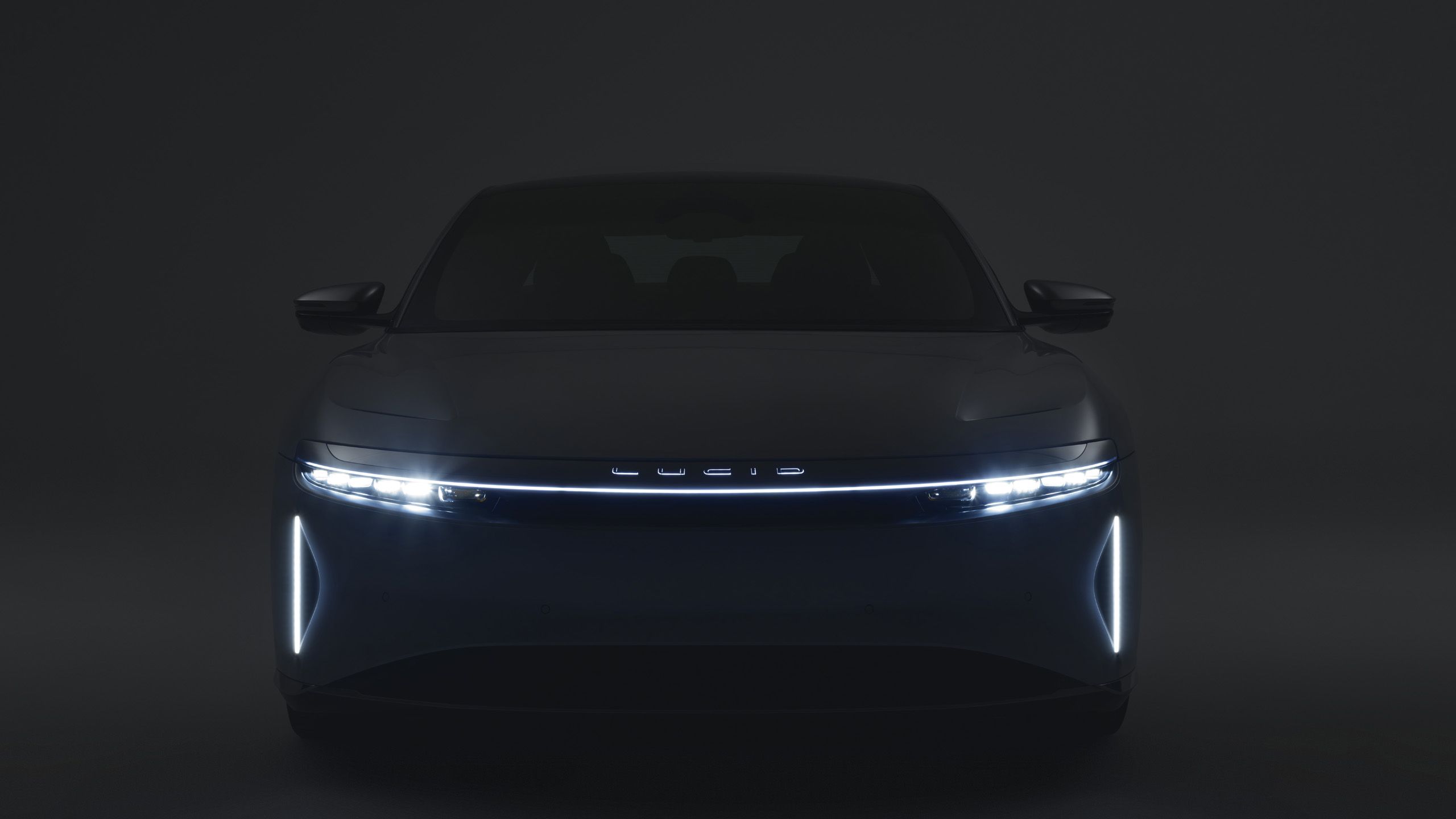
Related
These 4 EVs can get you from Florida to Texas on one charge
Although EV range is improving all the time, there are only a handful of that can top the magical 400-mile range.
How far off is a 600-mile consumer EV?
Good news and bad news
Toyota
Toyota is aiming to start commercial SSB production as soon as 2027. Nissan, meanwhile, is targeting 2028, but it’s not clear how realistic either of these around-the-corner predictions are. SSB research has been underway for a long time — Toyota started work in 2012. And in any event, every business tries to paint the rosiest picture of its progress. Considering Nissan’s recent financial troubles, it’s hard to imagine it actually going toe-to-toe with a larger rival.
Elsewhere, BMW has been road-testing an i7 fitted with an SSB from Solid Power, while Mercedes-Benz has deployed an EQS with a battery from Factorial. Stellantis should begin similar testing in 2026. Putting vehicles out in the real world is, of course, a very important step.
If BMW’s efforts go according to plan, its first mass-produced SSB cars should hit the road sometime in the 2030s. Personally, I’m expecting something sooner in the decade rather than later, especially if Toyota or Nissan actually beats it to the punch. It would look terrible if one of the biggest luxury automakers in the world was up to 200 miles behind in battery range.
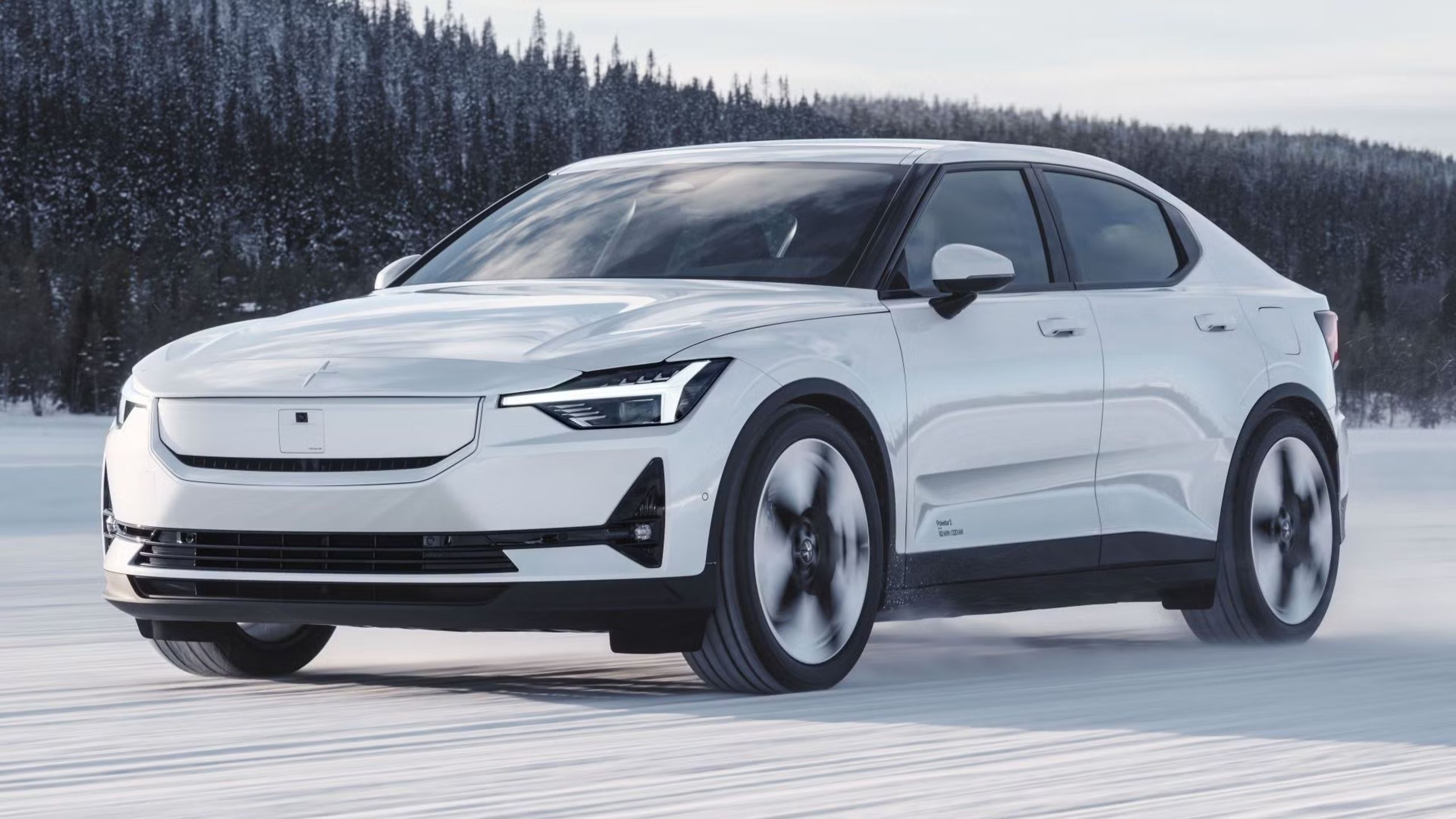
Related
5 things you might not know about driving an EV in cold, snowy weather
It’s perfectly fine to own in EV in places where you can go sledding or skiing.
Why is 600 miles such a big deal?
A nail in the gas engine coffin
Rivian
For many people, 600 miles is arguably arbitrary and unnecessary. Within a major US city, the average person would be hard-pressed to drive that much in a week, maybe two. It’s so much range that those of us who work at home might only need to charge once or twice per month.
Some people legitimately need that performance, however. They’re delivering packages or taxi fares all day, or running to and from remote work sites. In North America, a car with maximum range is almost unavoidable for long-distance travel when you’re not able to fly. Big cities can be hundreds of miles apart, and unfortunately, many towns in between don’t have any EV charging infrastructure to speak of.
There won’t be a valid excuse to avoid EVs beyond their upfront cost — even people in icy climates will be able to travel city-to-city with ease.
That’s kept some people firmly locked in the world of combustion engines, particularly hybrids. Even if you don’t have any special needs, it’s nice to have the option of traveling 500 miles without worrying about when and where you’re going to refuel. Pure EV owners often have to plot cross-country trips around charging infrastructure, rather than choose the straightest possible route.
600 miles is beyond the range of most plug-in hybrids, never mind a conventional gas guzzler. Once that figure becomes a baseline, there won’t be a valid excuse to avoid EVs beyond their upfront cost — even people in icy climates will be able to travel city-to-city with ease.
Price is my major concern. Automakers tend to charge a premium for any new technology, so there’s no telling when a solid-state vehicle will be affordable to people like college grads or single parents.
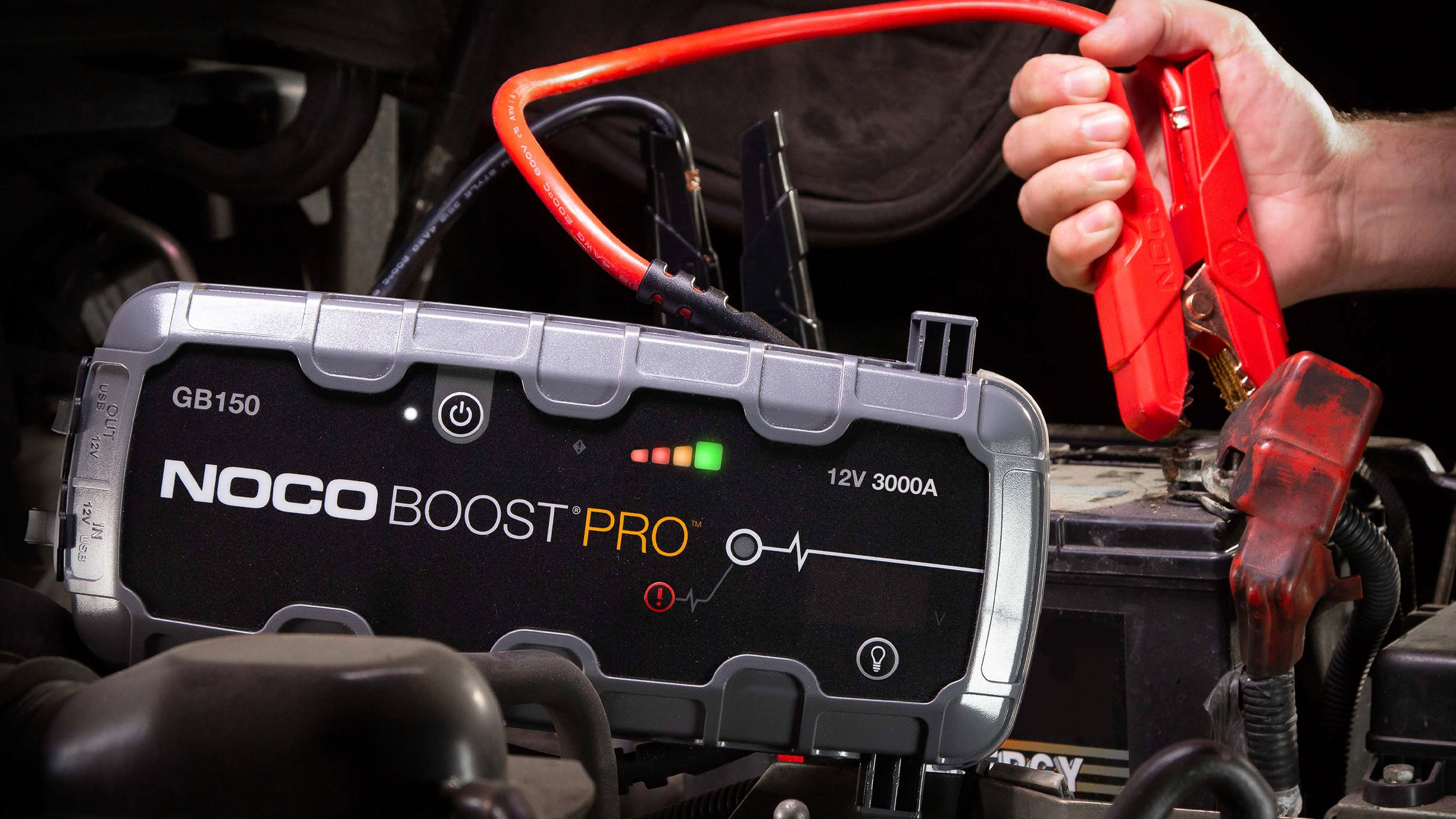
Related
5 roadside safety gadgets every new driver should have in 2025
Whether it’s a first car or moving off to college, every driver should have these gadgets in their arsenal for 2025.





